A digraph is made up of two letters that work together to make one unique sound. When I’m teaching about digraphs, I like to call digraphs “best friends” – a pair of letters that love to work together!
In this blog post, I’m going to further explain digraphs, give some examples, and share how I teach digraphs to my Kindergarten, first grade, or second grade students!
(Note: This is the second post in a series of blog posts covering phonics terms and skills. If you haven’t read the first post, you can read all about the basic building blocks of phonics here.)
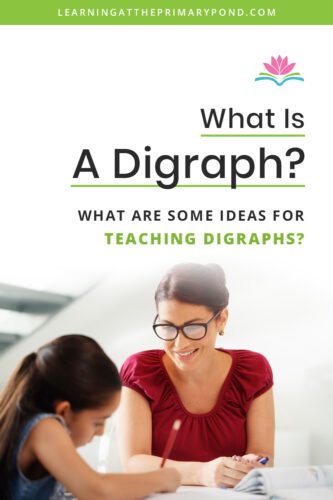
What Is A Digraph?
A digraph is a two-letter combination that represents a single sound (phoneme). There are consonant digraphs and vowel digraphs.
A consonant digraph is made up of two letters that work together to make a consonant sound. (A consonant sound is produced with some closure of the vocal tract.)
A vowel digraph is made up of two letters that work together to make a vowel sound. (A vowel sound is produced with little to no constriction of the flow of air from the lungs.)
In the United States, many teachers use the term digraph to refer to consonant digraphs. So that’s what we’re going to focus on in this post. (Vowel digraphs – also called vowel teams – will be covered in a different post.)
Let’s practice looking for (consonant) digraphs! Which of these words contain digraphs?
| shop | clasp | thin |
In the above example, “sh” in the word shop creates one single phoneme (sound). The letters “s” and “h” have two distinct sounds, but used together they represent the sound /sh/.
The word thin also has a digraph – “th.” Again, the t and h work together to make one unique sound, /th/.
But what about the word clasp? Clasp is made up of 5 sounds: /k/ /l/ /ă/ /s/ /p/ – no digraphs here!
How Do You Teach Digraphs?
First, let’s go over some examples – letter combinations that make consonant digraphs.
Here’s a cheat sheet of the consonant digraphs that are most frequently taught when Kindergarten or 1st grade students are learning about digraphs for the first time:
| ch | sh | wh | th |
Some words you might use when introducing digraphs are:
chat
chip
chin
much
such
shed
ship
shut
rush
mash
when
what
thin
then
this
math
bath
Let’s pause and talk about th for a minute. Read the last 5 words on that list out loud: thin, then, this, math, bath.
Did you notice that the “th” actually makes TWO different sounds?!
This digraph – th – can make a voiced or unvoiced consonant sound. A voiced consonant sound is made with the vocal cords engaged. An unvoiced consonant sound does not engage the vocal cords.
Sounds kinda complicated, right? Actually, it’s pretty simple to tell if a sound is voiced or unvoiced! All you need to do is this:
- Place your open palm against the front of your throat/neck.
- Say the word then (keep your palm on your neck).
Did you feel your vocal cords buzzing as you said the “th”? The “th” in then is a voiced consonant sound.
Now try this with the word math. Your vocal cords didn’t buzz this time, did they?
When I’m teaching the digraph “th,” I usually introduce the unvoiced “th” first. I eventually explain that “th” can make two sounds, and we do the vocal cord activity I just walked you through.
Let’s also chat about the digraph “wh.” In ancient English and in years past, the wh sound was pronounced a bit differently. I’m not sure how to describe it, but it sounds almost like “hw” to me.
We don’t really use that pronunciation anymore. “Wh,” in many English dialects, sounds just like the phoneme for /w/ – like the “h” is silent. So it’s kinda a weird one, but I still teach it along with “sh,” “ch,” and “th,” because it’s another 2-letter combination.
And of course, there are other consonant digraphs beyond “sh,” “ch,” “th,” and “wh.”
These combinations are also sometimes taught as digraphs in K-2:
| ng | ck | qu |
In my phonics program, I teach “qu” when introducing digraphs for the first time. But is “qu” a digraph or a blend? Or something entirely different? (It’s technically more than one sound – /k/ /w/.)
Educators disagree on what exactly “qu” is. And honestly, I don’t spend too much time thinking about it. I teach/review it with other digraphs because my kids are already focused on looking for two letters that work together. It seems to fit well that way.
As far as “ck” goes, I often introduce it when teaching digraphs to my Kindergarteners. But I don’t expect a high level of spelling mastery with “ck” until 1st or 2nd grade (students have to learn that “ck” is used at the end of a syllable or word with 1 short vowel, and that’s a lot for Kinders to handle).
“Ck” is kind of a weird one, too, since technically c and k can both make the /k/ sound – it’s not a unique sound like “sh” or “th.” But regardless, I think it goes well with digraph instruction because kids are already looking for combinations of two letters.
Last but not least, there’s “ng.” I actually call this a “glued sound,” and we work on the ing, ang, ong, ung chunks. I don’t teach them with the other digraphs – I often cover them several weeks later when teaching 1st or 2nd grade.
So those are the main consonant digraphs covered in K-2! (Digraph “ph” is typically not covered until the later elementary grades – it is often found in more challenging, multisyllabic words.)
And don’t forget, there are vowel digraphs, too! You can read about vowel digraphs/vowel teams in this post.
When Do You Teach Digraphs?
Digraphs are normally introduced to children after they have a firm grasp on the single sounds of consonants and short vowels. Digraphs are reviewed throughout first and second grade.
Here’s how I cover digraphs in my phonics program, From Sounds to Spelling:
Kindergarten: ch, sh, th, wh, qu, ck (a high level of spelling mastery is not yet expected with wh, qu, ck)
1st grade: review ch, sh, th, wh, qu, ck; ng/nk words are also introduced
2nd grade: review ch, sh, th, wh, qu, ck, ng/nk
What Are Some Activities for Teaching Digraphs?
In my No-Prep Phonics Games, I have games that cover digraphs for Kindergarten, 1st Grade, and 2nd Grade. These are easy to use for both teachers and students and can be done independently or in pairs.
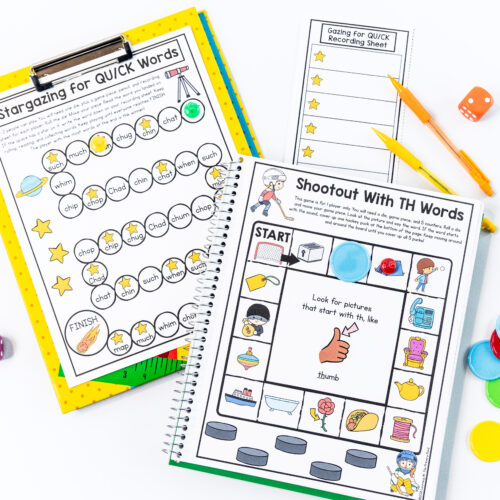
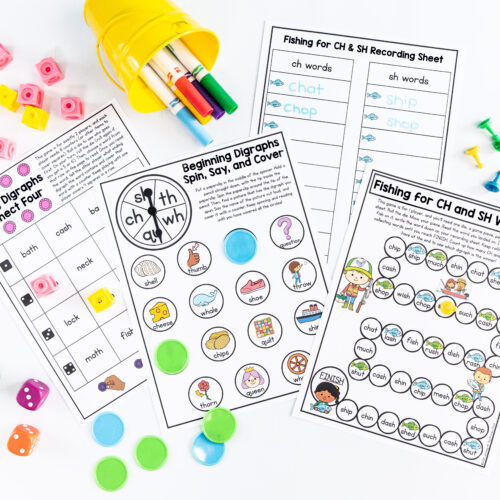
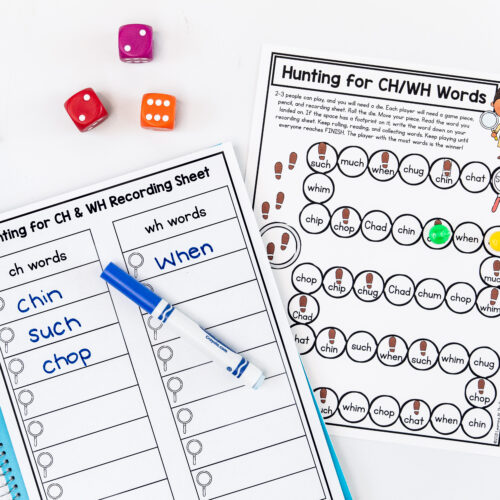
Another option is to use decodable readers to practice digraphs. Click here for Kindergarten Decodable Readers on Digraphs and click here for 1st Grade Decodable Readers on Digraphs.
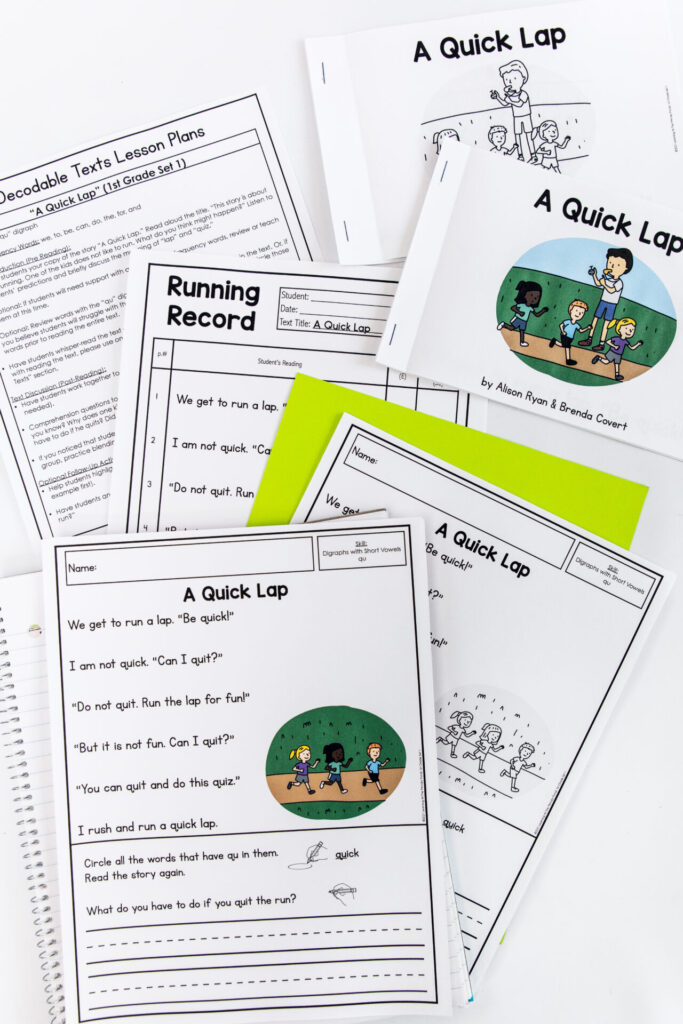
Here are some more of my favorite activities from my phonics program, From Sounds to Spelling! (You can use these ideas regardless of what program you’re using):
- “Read the Sound” pages (students read “/ch/ /ch/ cheese,” for example) – this helps emphasize the initial digraph sound
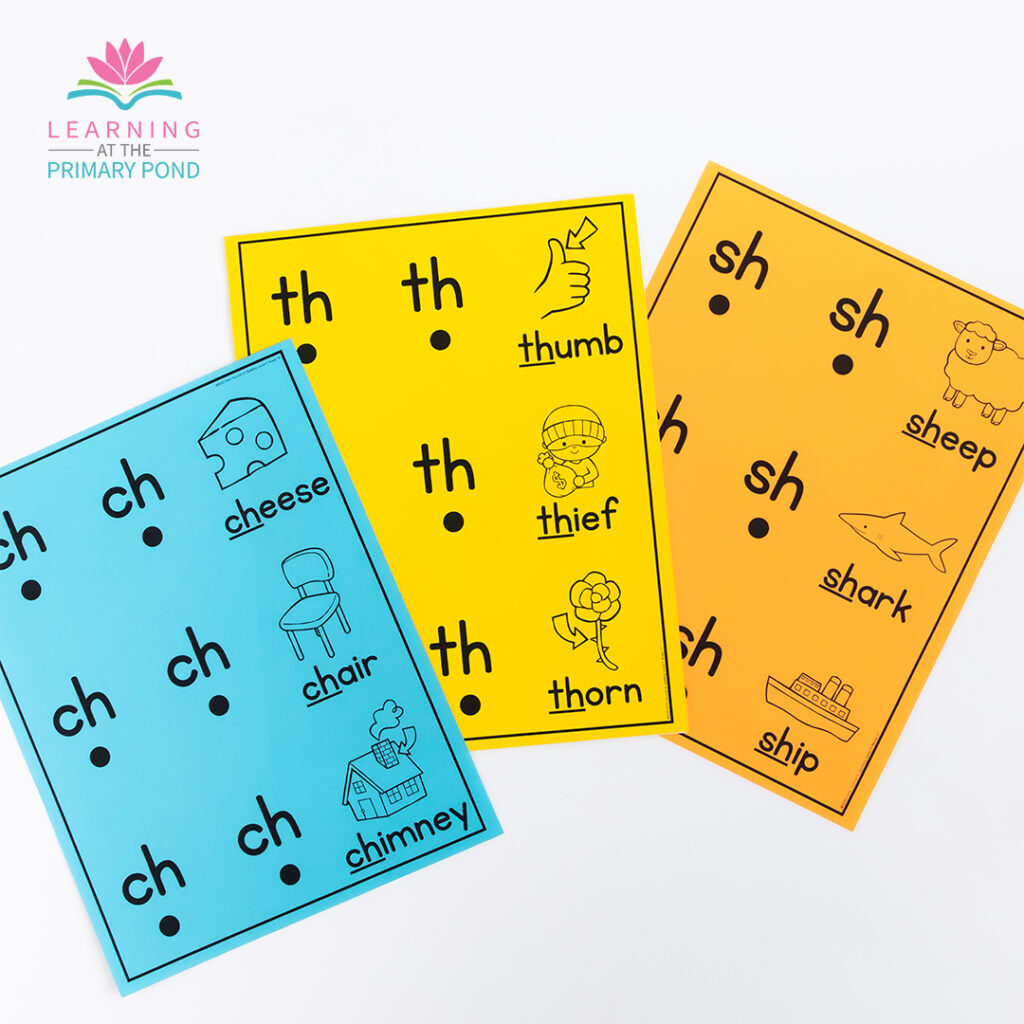
- Blend to read words with digraphs (example: I’ll have 3 sound cards, ch – a – t; students say /ch/ /ă/ /t/, chat)
- Write words with digraphs; make digraph words with magnetic letters
- Circle, underline, or highlight words with digraphs BEFORE reading a decodable text with digraphs (this is great for getting students to recognize digraphs in context, and makes it more likely that they’ll be able to read them!)
- “Does It Have the Digraph?” game (students show “thumbs up” or “thumbs down” if the word has a specific digraph – this helps them distinguish between sounds like /sh/, /s/, and /h/; you can play this whole group, small group, and eventually students can play with a partner)

- “Where Is The Digraph?” – students identify whether the digraph is found at the beginning or end of a word
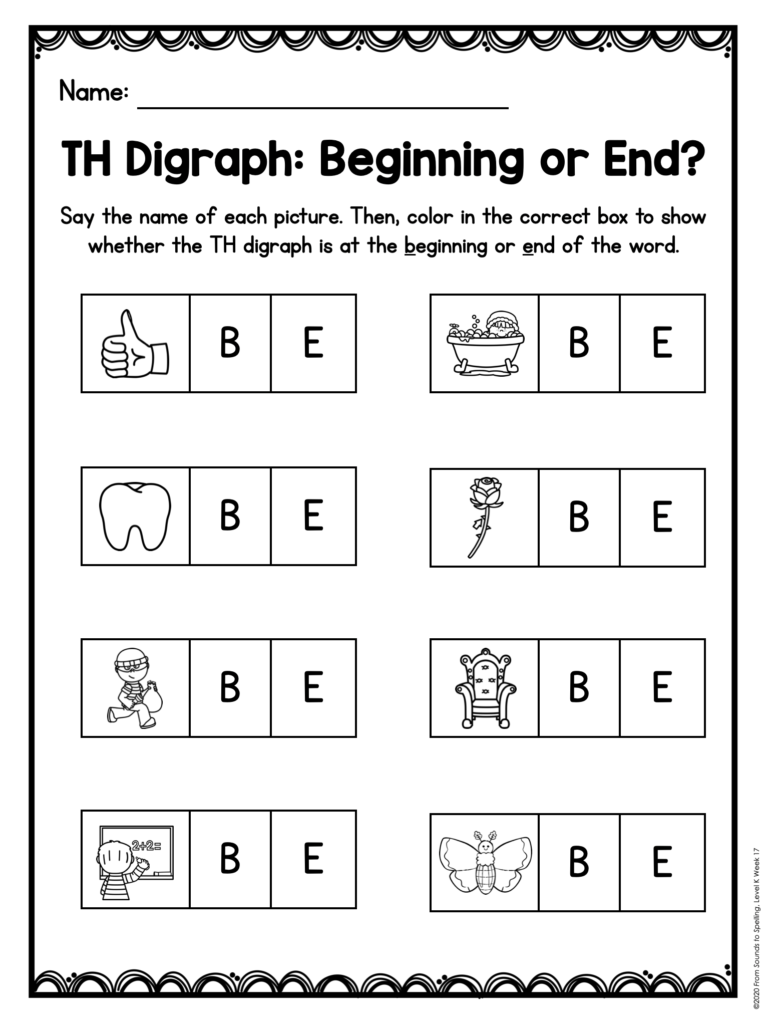
Conclusion
That was a lot of info about digraphs! 🙂 I hope it was helpful to you.
Don’t forget to save yourself time and give your students lots of high-quality digraphs activities with my digraphs games and digraphs decodable readers!
If you need a more comprehensive resources to teach digraphs and other phonics skills, check out my phonics program, From Sounds to Spelling.
This program contains complete lesson plans, lots of activities like the ones shown above, picture and word sorts, decodable texts, phonics posters, and more!
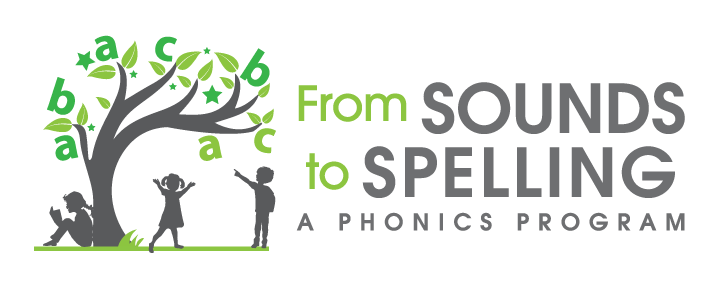
Happy teaching!
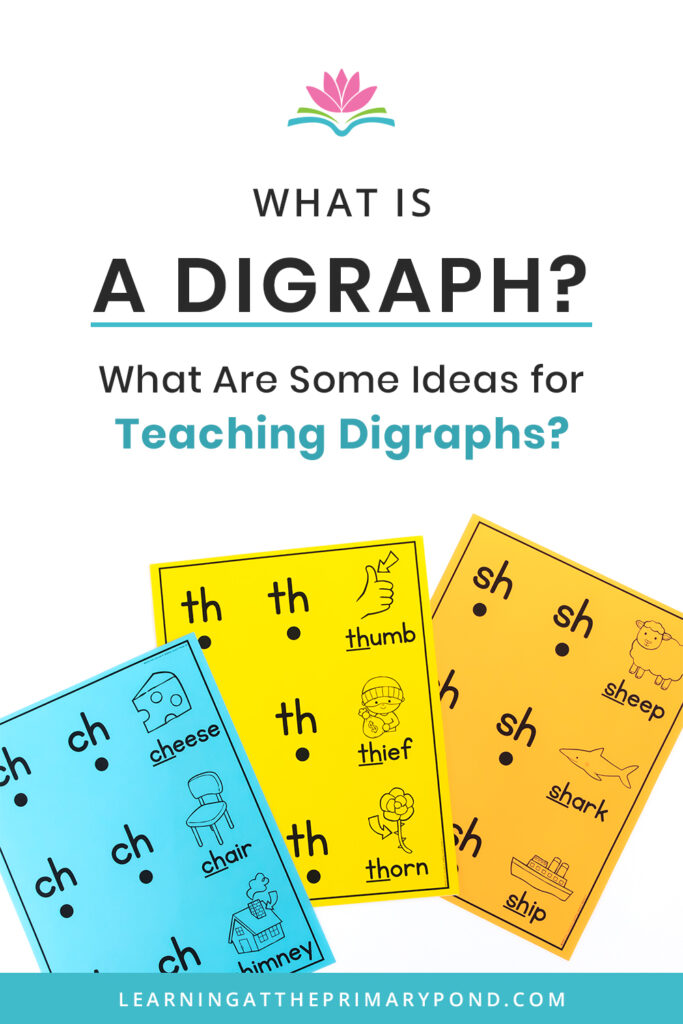

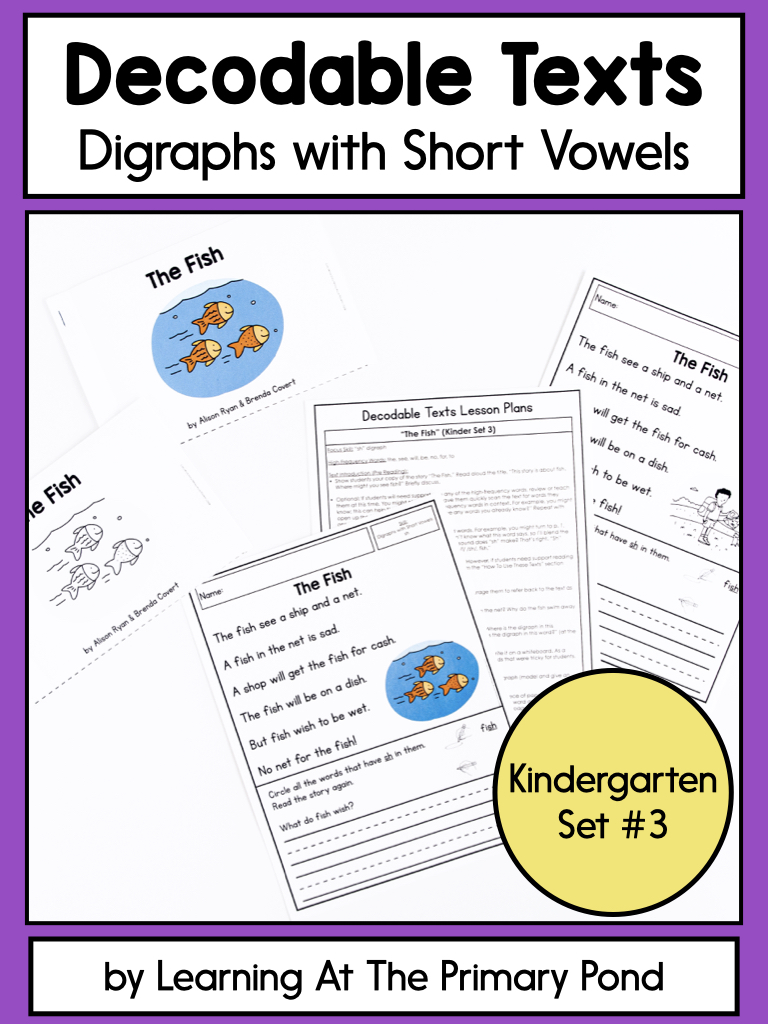
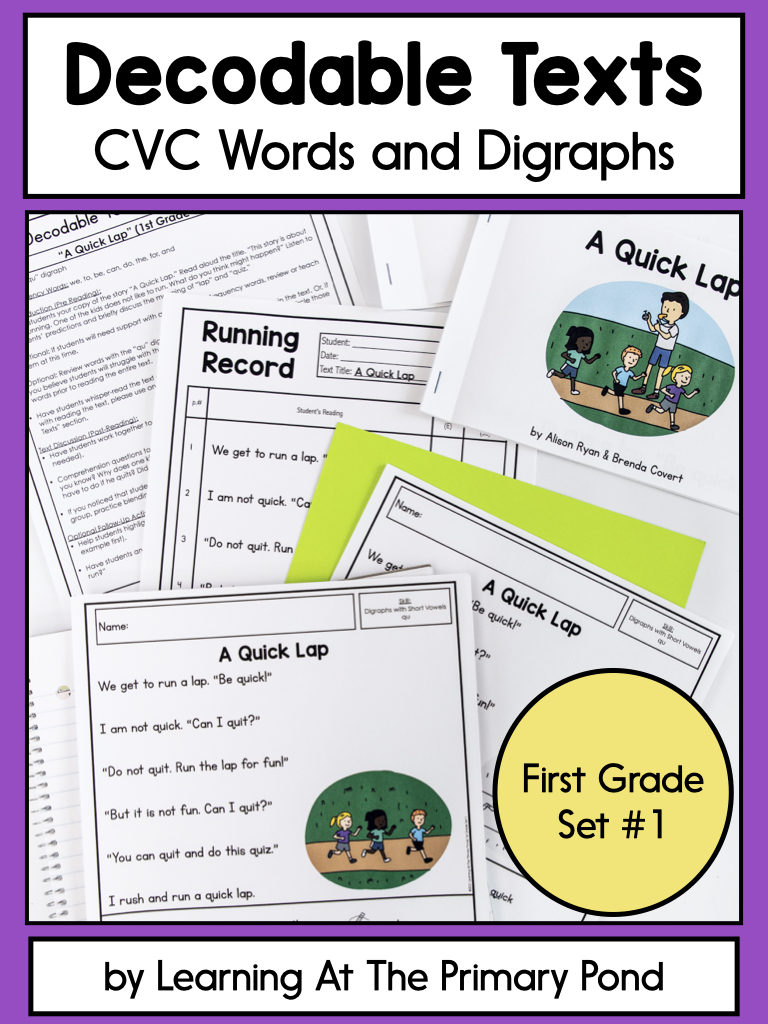
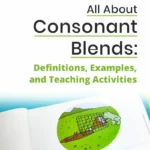
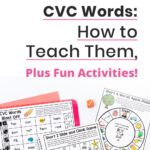
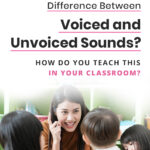
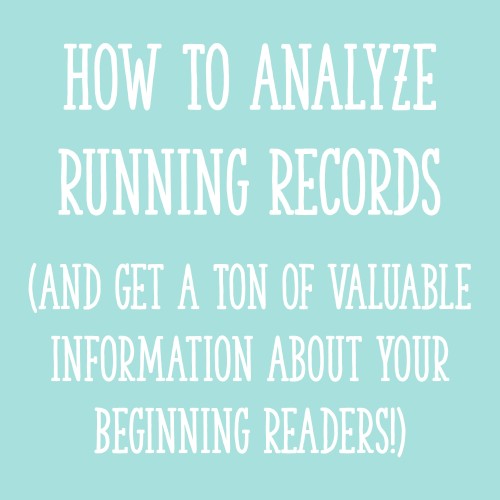
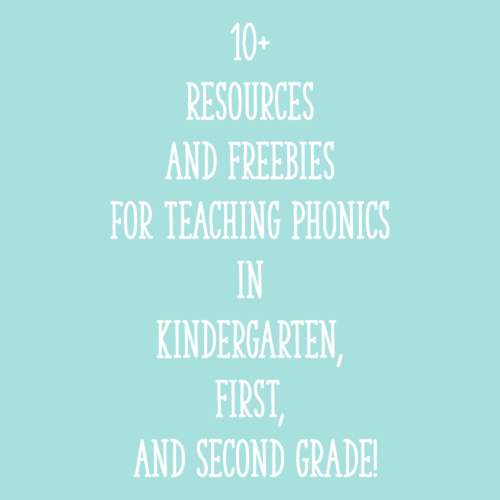
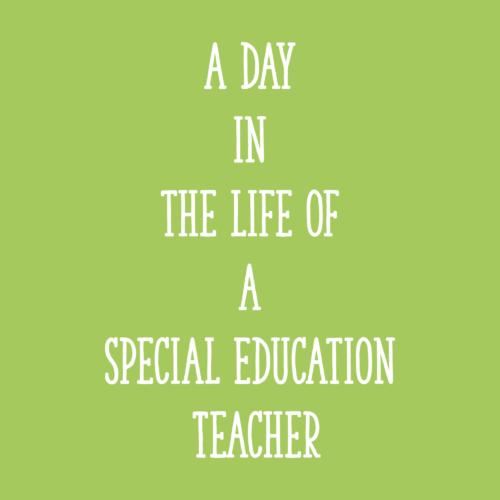






You are such a great teacher.. thanks for the knowledge. I have gained alot .
Thanks, Lydia! Glad I can help!
What a great way of teaching teachers !I just love it
Wow, I have done a wonderful job.this site makes me have interest in digraph more so in phonics.thanks for the help
Very well explained
Thank you!
I teach EL students and the th is so tricky for them. I love the explanation for voiced and unvoiced. Thanks for the great tips and thorough explanations.
Glad it was helpful!
I am a 3rd grader and I need to learn more about a diagragh
Great! Hoping this blog helped.
Wow….. What a fruitful explanation..just loved it ..thank you so much ☺️
You’re welcome!!
I learned alot.
Thank you 💜
You’re so welcome!
You have such wonderful ideas for teaching phonics. I’m teaching second grade this year. Thank you so much for sharing your knowledge. I highly appreciate it.
Rafaela
You’re welcome! I hope you love 2nd grade!
I love the resources
Thank you!
thank you i learned a lot..God bless you
You’re welcome! Glad the information was helpful!